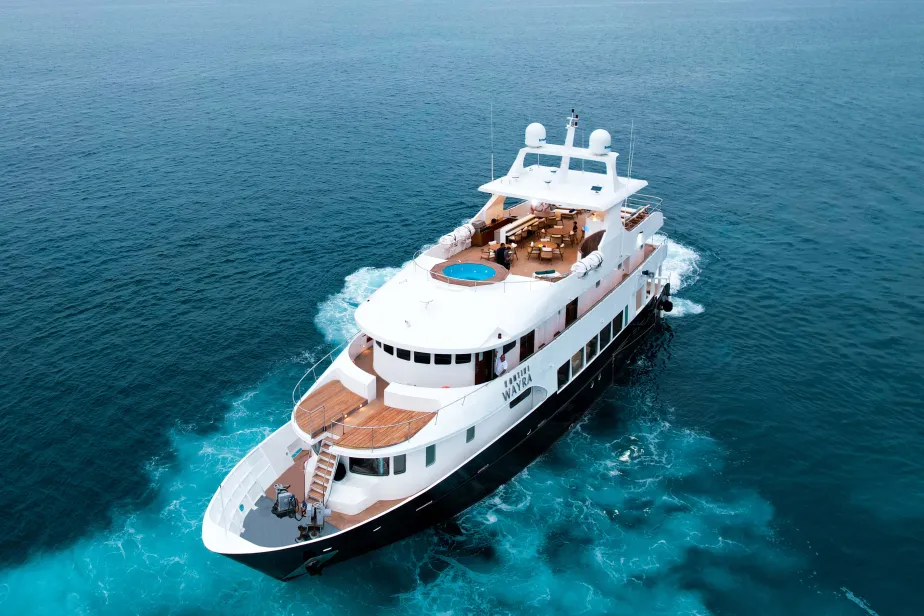It’s late, but I’m still out on the deck, watching the lights of Manta fade into the distance as we leave the Ecuadorian coast behind. This week, we’ll be exploring a good chunk of the coastline of this tiny alpine country, which stretches for more than 1,300 kilometres.
My husband, Benjamin, and I, are aboard the Kontiki Wayra on a five-night cruise expedition. Our journey will take us to natural reserves, rainforests, and little coastal settlements that aren’t on the typical cruise itineraries in Ecuador, which typically visit the Galapagos Islands.
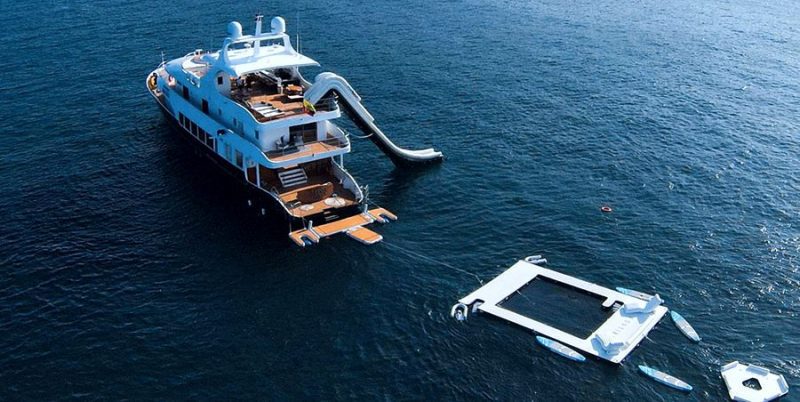
Kontiki Expeditions
Kontiki Expeditions is one of the pioneers in bringing tourists to this relatively undiscovered stretch of Ecuadorian coastline. They are an up-and-coming luxury yacht line that is changing the game.
“Neo-luxury” refers to the pursuit of a more meaningful connection with one’s travel destination. The Kontiki Wayra is a luxury boat with all the trimmings, but it also means getting off the beaten path and experiencing destinations in an authentic way.
Onboard the Kontiki Wayra
The 128-foot Kontiki Wayra is as luxurious as any five-star hotel. When it comes to boutique sea expeditions, Kontiki Expeditions is the first to join the prestigious Small Luxury Hotels of the World.
That’s why it’s called the Kontiki Wayra. The ship is tastefully decorated with modern furnishings and decorative accents, as well as luxurious wood panelling. My husband and I have a large cabin at the front of the ship with automated curtains that pull back to reveal a 160-degree view, a sizable bathroom with a roomy shower, a desk area and a big comfortable bed.
The Kontiki Wayra is built for leisurely ocean travel. A three-story water slide, complete with a floating deck and a pool enclosed by netting, is available when we drop anchor. Paddleboards, kayaks, and even Sea Bobs are just some of the water toys that may be rented, along with wetsuits and snorkelling equipment.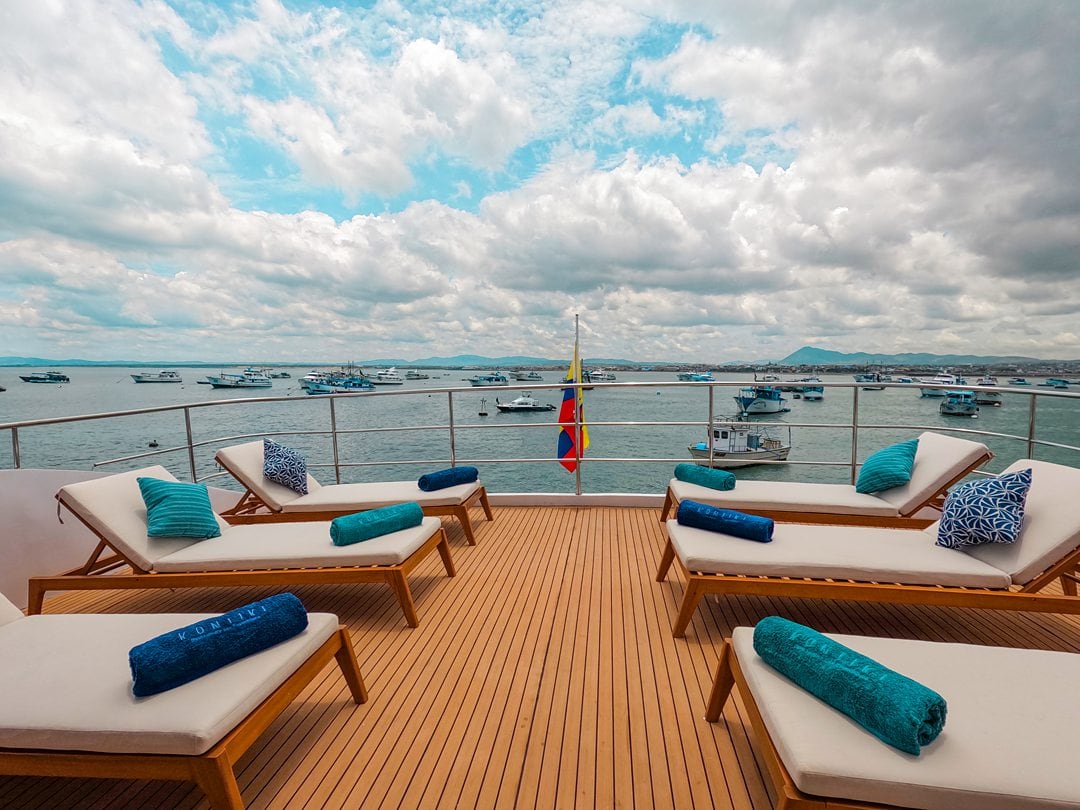
The elegant Kontiki Wayra has come a long way from its modest beginnings. Several years ago, Carlos Nez of Ecuador discovered the vessel in a nearby shipyard. He pondered fixing it up to take tourists on cruises to the Galapagos Islands as soon as he spotted its potential.
Then he had the bright notion of fixing it up to take on coastal adventures in Ecuador. He hoped to attract tourists by showcasing the area’s natural attractions, rich cultural heritage, and delicious cuisine.
He comments, “The coast is the ideal blend of nature and culture.” “Even natives of Ecuador are unaware of the coast’s wealth. The tourism potential is enormous. There aren’t any other customers; it’s cheap and real.
In 2021, the company started offering cruises of five to eight nights.With a crew to passenger ratio of nearly one to one on the 18-person superyacht, we never have to worry about anything. When we return from the pool, we are offered hot chocolate, and the staff always knows how I prefer my coffee in the morning.
Meals on board are meticulously made with local ingredients and fresh fish. The best of Ecuadorian cuisine is showcased in several of the meals.
Ruly Mescal, pictured on the left, worked in the Galapagos as a naturalist for almost 30 years.Because there are so few of us on board, we have a great chance of getting to know our fellow cruisers. Our resident naturalist is Ruhul Mescal, or Ruly as he is more commonly known. He has extensive knowledge of the animals and geography of the Galapagos due to his thirty years of experience as a naturalist there. We all meet in the common area every night to hear additional information about the places we’ll be visiting from him.
More to Ecuador than the Galapagos
The Galapagos Islands are just one part of Ecuador, he explains. There’s a lot to see and do on the mainland of this stunning country. Wonderful as the Galapagos, Amazon, and Andean Zone are, the coast of Ecuador is hardly discussed in the literature. Being a part of the first wave of commercialised tourism on the coast of Ecuador is an honour for me.
He says, “The coastal communities we’re visiting are not touristy.” You’ll come across quaint communities where people are still adhering to traditional lifestyles. So much of life is worth living. The best part of this voyage, in my opinion, is the opportunity to meet actual, live Ecuadorians. You’ll get a real taste of what makes our country so special.
As he promised, we encounter many interesting individuals and places on our way.
Ancient Clay Pottery in Ayangue
The following morning, we set sail on rubber Zodiac boats for the quaint fishing town of Ayangue. We relax on its peaceful shore and watch local kids and their dog play in the waves, while two young men tend to their fishing nets on their boat.
We take a scenic route along the water to the Orralas’ art studios. The quality of their ceramics is well-known. The family has devoted decades to studying the Valdivian culture, which flourished in the area as early as 3500 BCE. The Orrala family has unearthed numerous examples of antique pottery, many of which are in excellent condition.
Following in those pre-Columbian ceramic traditions, the family now creates stunning pottery. We take their outdoor pottery lesson at their beachside studio.

To begin, we strain red mud until it no longer sticks together and is uniform in texture. After that, they demonstrate how to knead it into clay. At last, we make our own bowls out of the muddy dirt that was just minutes ago a puddle.
Getting our hands messy in clay is fun and therapeutic. They offer us each a little ceramic pendant that I’ll hang on my tree in December and I buy a gorgeous bowl that will last me a lifetime.
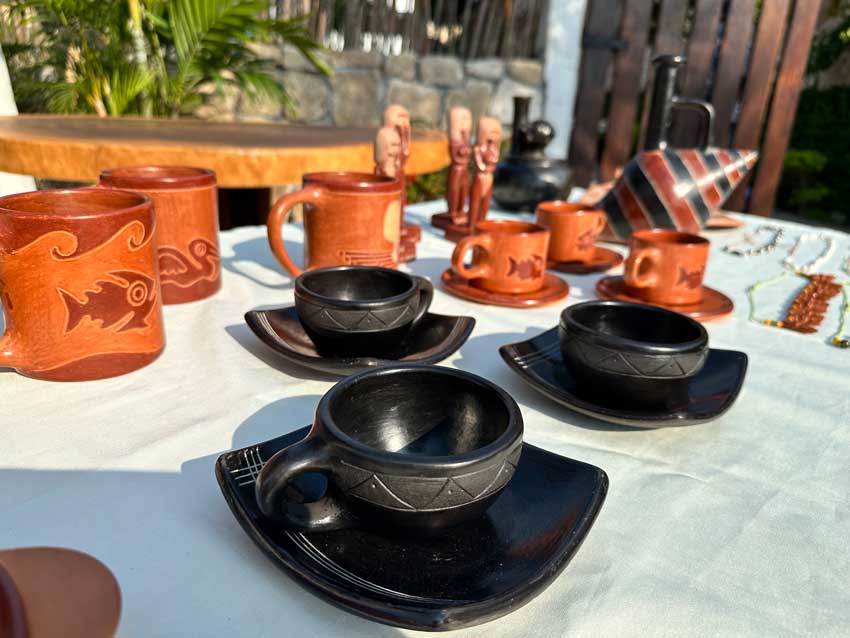
The sky turns a vivid orange as we return along the shore. It’s very calm and serene here. I take my time, enjoying the waves as I stroll along. The Kontiki waits for us out in the bay, bobbing on the waves.
The evening meal served on board is exquisite, with no detail overlooked. We all share chuckles as we recall the day’s best moments.
Shaman Blessing at Agua Blanca
The following day brings us to Agua Blanca, a small indigenous community in the Machalilla Parish not far from Puerto López, where we have another unforgettable encounter with the locals. The town is quite proud of its history, and it has used that to build an eco-tourism industry that has benefited everyone.
Stop by anytime! We visit a tiny outdoor museum to gain insight into the region’s history, and then proceed into the woods to be blessed by a local shaman in a procedure similar to a cleansing rite.
He takes the time to teach us about their tranquil practise and then welcomes us to join in. After receiving his smoke and water blessing, we all stand to send his greetings to our brethren in the cardinal directions: north, west, south, and east.
At the end, he embraces us all. I will never forget this time in my life.
HIKING IN MACHALILLA NATIONAL PARK ON ISLA DE LA PLATA
The blue-footed boobies of the Galapagos, one of Ecuador’s most famous native species, grace our presence the following day. The seashore here, as well as in Machalilla National Park on Isla de la Plata, is home to the odd birds. The island is strictly off-limits to anyone who isn’t accompanied by a licenced tour guide.
Our guide gives us an overview of the island’s fauna as we make our way through the rocky paths. Then, up near the peak, there they are: the well-known birds with the distinctive blue webbed feet.
Many of them are raising children of varying ages. The birds each lay two eggs at separate times, with the expectation that one will hatch successfully. We also find booby birds, which have webbed feet that might be white, red, or brown.
The birds ignore us. It’s not uncommon for them to construct their nests just next to the path travellers go.
Iche Manabita Cuisine School and Cacao Beans
Ecuador is home to incredible wildlife, but that’s not all the country has to offer. The next day, we find out that this country has been the cradle of cocoa for over 5,000 years.
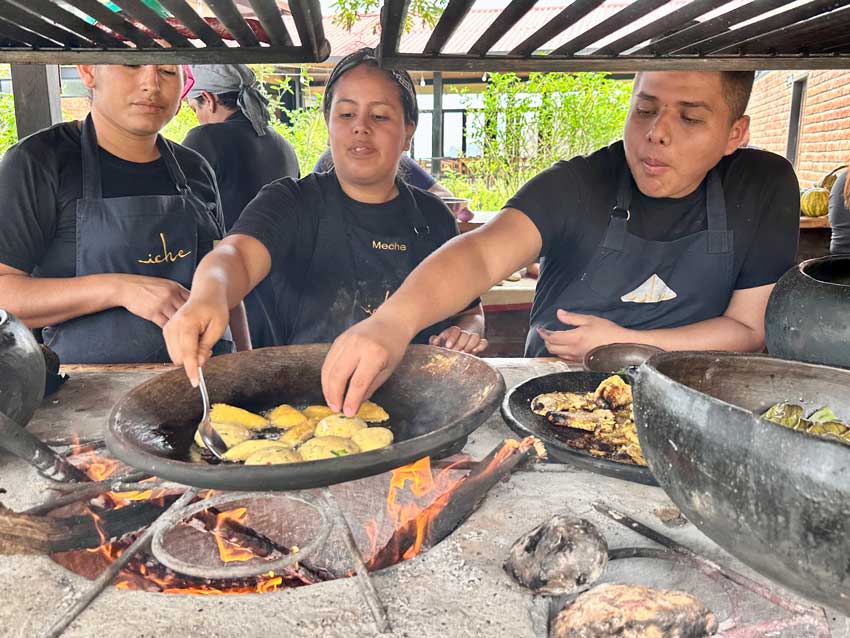
Rare Arriba Nacional cocoa is grown there. Its distinctive aroma and flavour have made it a chocolatier’s gold standard for decades. Cacao from this area is used by many Swiss chocolate manufacturers.
Several different kinds of cocoa are displayed by Servio, and we sample the ripe, sugary seeds of each. Cacao beans, which are sometimes referred to as “beans,” are actually the fruit of the cacao tree. About 35-50 seeds are contained in a delicious pulp in each pod. We can definitely distinguish between the many varieties by flavour.He then demonstrates how to roast the beans over an open flame, having previously separated them. Each of us takes turns agitating the roasted beans and then grinding them. Then he combines the ground cacao with a touch of sugar and serves it up in teeny cups of steaming hot cacao. Dark chocolate flavour in a liquid form. My opinion of hot chocolate has changed forever.
At long last, lunchtime has arrived. The dishes the student cooks have prepared look too lovely to eat, they’re so pretty. Of course we eat it, and we devour it.
Hiking at Pacoche Wildlife Refuge
The following day, we visit Pacoche Wildlife Refuge, home to a verdant cloud forest. Kontiki has given us everyone rubber boots to wear while exploring the forest and its many streams. Howler monkeys, a variety of birds, and even a tarantula guarding her eggs are just some of the sights our local naturalist guide has in store for us.
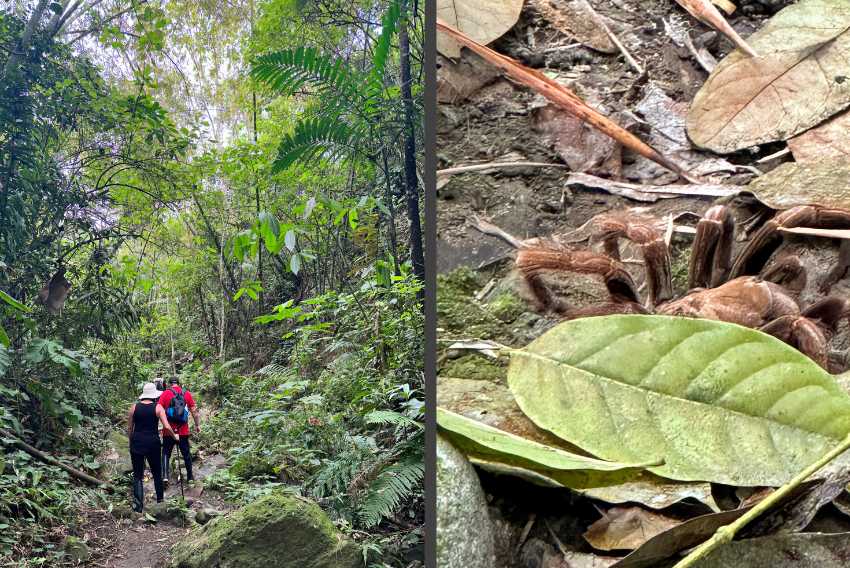
Master Hat Maker: Toquilla Straw Hats
I had always assumed that Panama hats were from Panama, but now I know that Ecuador is where they first appeared. Domingo Carranza, a skilled weaver who has worked in his family’s business for five generations, is just one of the many talented hatmakers in this county.
Carranza is an expert at making hats out of the toquilla straw that is native to Ecuador. Depending on the complexity of the weaving, a hat can take a long time to produce.
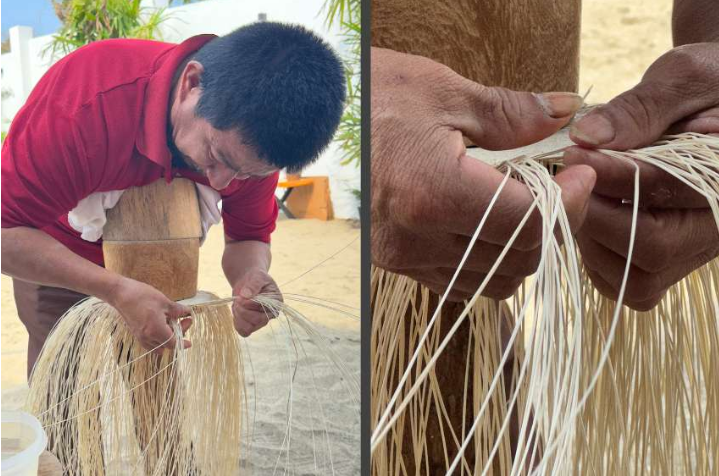
He demonstrates the process, and we gape as his fingers dance across the fabric. My spouse appreciates the craftsmanship involved and is thrilled to bring one home.
It will serve as a wonderful reminder of our stay in Ecuador.
Quito has a beautiful airport where our international aircraft landed. We arrived in Quito two days early thanks to Kontiki. We slept at the quaint ILLA Experience Hotel, which is conveniently located close to the heart of old Quito. The suite we stayed in was enormous, and it came equipped with a lovely jetted tub, a cosy sitting room, and a delicious breakfast every morning.
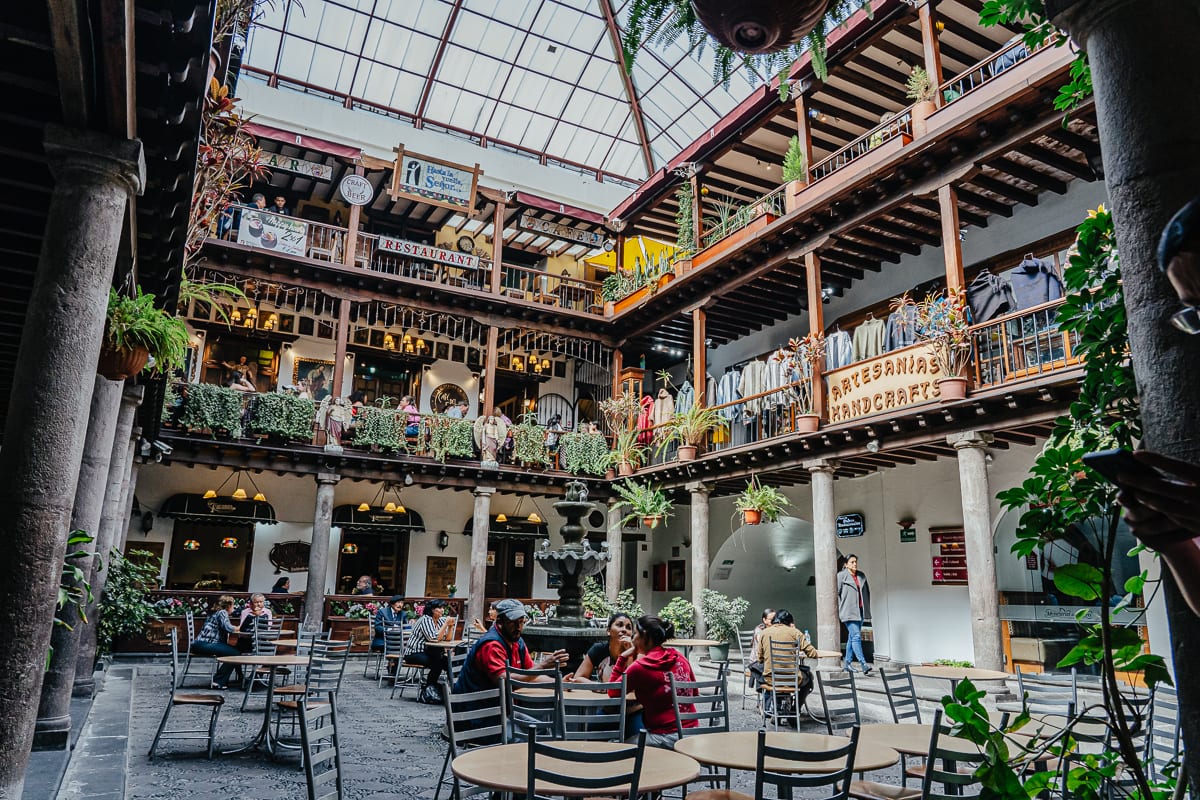
Sightseeing in Quito
Quito’s historic basilicas and unique neighbourhoods were both highlighted by our excellent Link Experiences guide.
The Khoura Chocolate Factory, the Monument to the Geographical Centre of the World at La Mitad del Mundo, where you can stand on two different continents at once, and the Intian Museum, where you can observe and experiment with natural phenomena, gravity, and balance as they show themselves in the equatorial zone, were my favourite places to visit. For instance? While standing on the equator, I successfully balanced an egg on the end of a nail.

